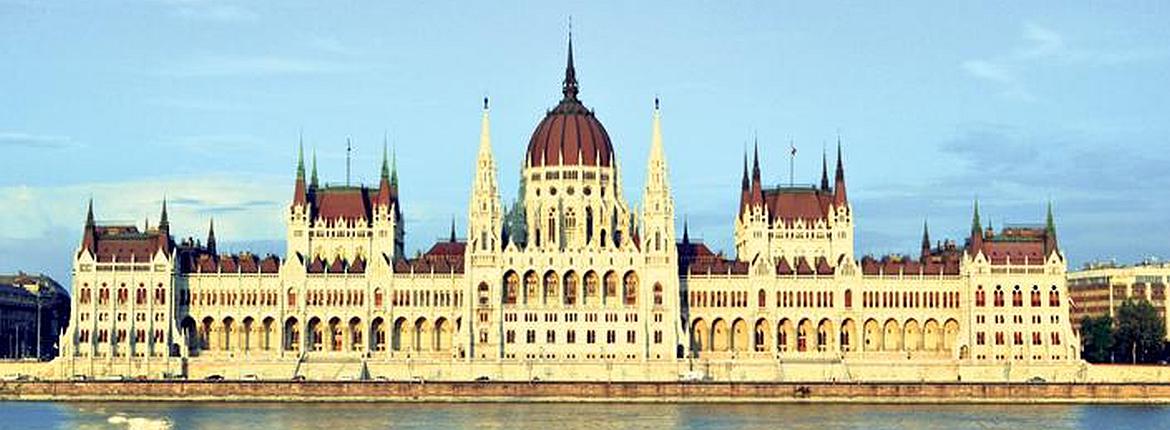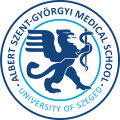University of Szeged
Albert Szent-Györgyi Medical School
Foreign Students' Secretariat
Your Education. Our Mission.

Brief History of Hungary
Hungary began as a separate state with the arrival of the Hungarians under the leadership Árpád in the 9th century. Stephen I. was the first king of Hungary who introduced Christianity and created a constitutional kingdom of the tribal state.
In 1241 Hungary was invaded by the Tartars then two centuries later the country faced the Turkish threat. In 1458 Matthias Hunyadi was elected the king of Hungary and his name has become a legend in Hungary because he was popular for his sense of social justice and was a great patron of Renaissance art and literature. Turkish army defeated the Hungarians at Mohács in 1526, and a 150-year period of Turkish rule began this is why 2000-year-old Roman remains and 400-year old Turkish monuments stand side by side.
After the Turks were driven away with the help of the Austrians Hungary was dominated by the Hapsburgs. When the Paris revolution of 1848 broke out period of fighting against the Hapsburg began for independence. The revolution was crushed in 1849 and Hungary was continued to be oppressed. Though in 1867 Austria granted some concessions to Hungary, the First World War found the two countries in a common Monarchy. The end of the war brought another revolution and Hungary became independent from Austria.
Hungary fared no better during the Second World War and after the end of the war the period of reconstruction and the build of a new society began.
Finally in 1989 Hungary got rid of the Soviet troops stayed in the country after the end of the war and society had the chance to be active participant of the first free election.
In 2004 Hungary became a member of the European Union.






